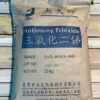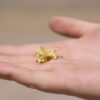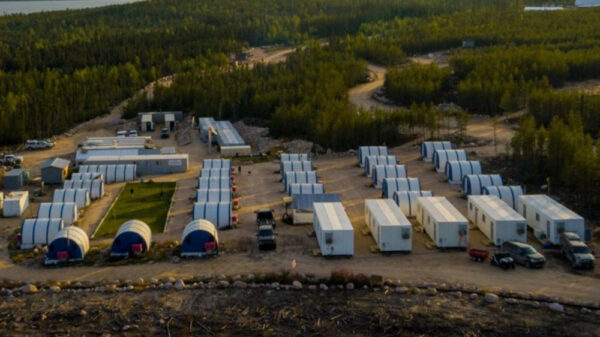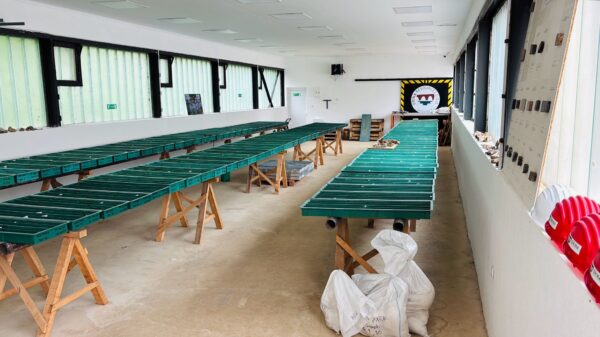Assay results from Stallion Uranium Corp.’s (TSXV: STUD) (OTCQB: STLNF) winter drilling campaign have confirmed the presence of significant uranium mineralization in the western Athabasca Basin’s Coffer project.
The company explained on Wednesday that a total of 267 assay samples and 15 quality control samples were collected during the 2,798.2 meters drilled across 3 holes.
These samples were then sent to the Geoanalytical Laboratory at the Saskatchewan Research Council in Saskatoon for analysis. The final hole of the inaugural drilling program intersected a large structural system at the previously untested “Appaloosa Target,” confirming a significant graphitic fault system linked to prospective hydrothermal alteration in the basement rock.
“The assay results have confirmed initial results as to the presence of uranium in the large conductive structure intersected in the third drillhole at the Coffer Project,” said Darren Slugoski, VP of exploration for Stallion Uranium.
“The structure, and zones of alteration, are substantial in size and have the potential to host a large uranium deposit.”
CF24-003 intersected a deep-rooted conductive structure spanning 94.7 meters in down-hole thickness.
The structure also shows anomalous lead (204pb/206pb) ratios, a key indicator of proximal uranium.
Large quantities of uranium decay to 206Pb (as uranium decays to lead). This causes uranium-bearing structures to become enriched with 206Pb relative to common lead (204Pb). Additionally, the structure contains anomalous levels of arsenic, thorium, and vanadium, further indicating the presence of uranium-bearing fluids.

An interpretation of the geological structure with target area. Image from Stallion Uranium.
Read more: ATHA Energy employs machine learning to pinpoint Athabasca Basin uranium targets
Read more: ATHA readies equipment for June drilling at new Nunavut uranium project
Assay results confirm radioactivity readings
Significantly, the Athabasca Basin Sandstone is enriched with boron (B). It averages 288 ppm B throughout the entire column, with a maximum of 1,600 ppm B over 10 meters. Boron, often found in clay minerals like dravite, can form in the alteration halos around uranium deposits.
These assay results confirm the initial anomalous radioactivity readings, validating the presence of uranium-bearing fluids within the identified alteration system. This finding highlights the system as a fertile structure for concentrated uranium mineralization. The follow-up drill program will focus on testing areas within the system that have the highest probability of fluid concentration.
The review and interpretation of the winter 2024 program results at the Coffer Project are ongoing. Also, preparations are underway for a follow-up program to continue evaluating the alteration and structure encountered in CF24-003.
Drilling so far has successfully confirmed that the geophysical targets are graphitic structural corridors with significant alteration, anomalous radioactivity, and indicator minerals. CF24-003 intersected the graphitic structure and alteration, but it did not adequately test the unconformity for mineralization, making this location a top priority for further drilling. The next drilling phase will target the conductor intersected in CF24-003 near the unconformity, as well as along its strike.
Stallion Uranium is working to fuel the future with uranium by exploring over 3,000 square kilometers in the Athabasca Basin, home to the world’s largest high-grade uranium deposits. Together with its joint venture partner, ATHA Energy Corp. (TSX.V: SASK) (FRA: X5U) (OTCQB: SASKF), the company holds the largest contiguous project in the Western Athabasca Basin, adjacent to multiple high-grade discovery zones.
ATHA Energy Corp. is a sponsor of Mugglehead news coverage














